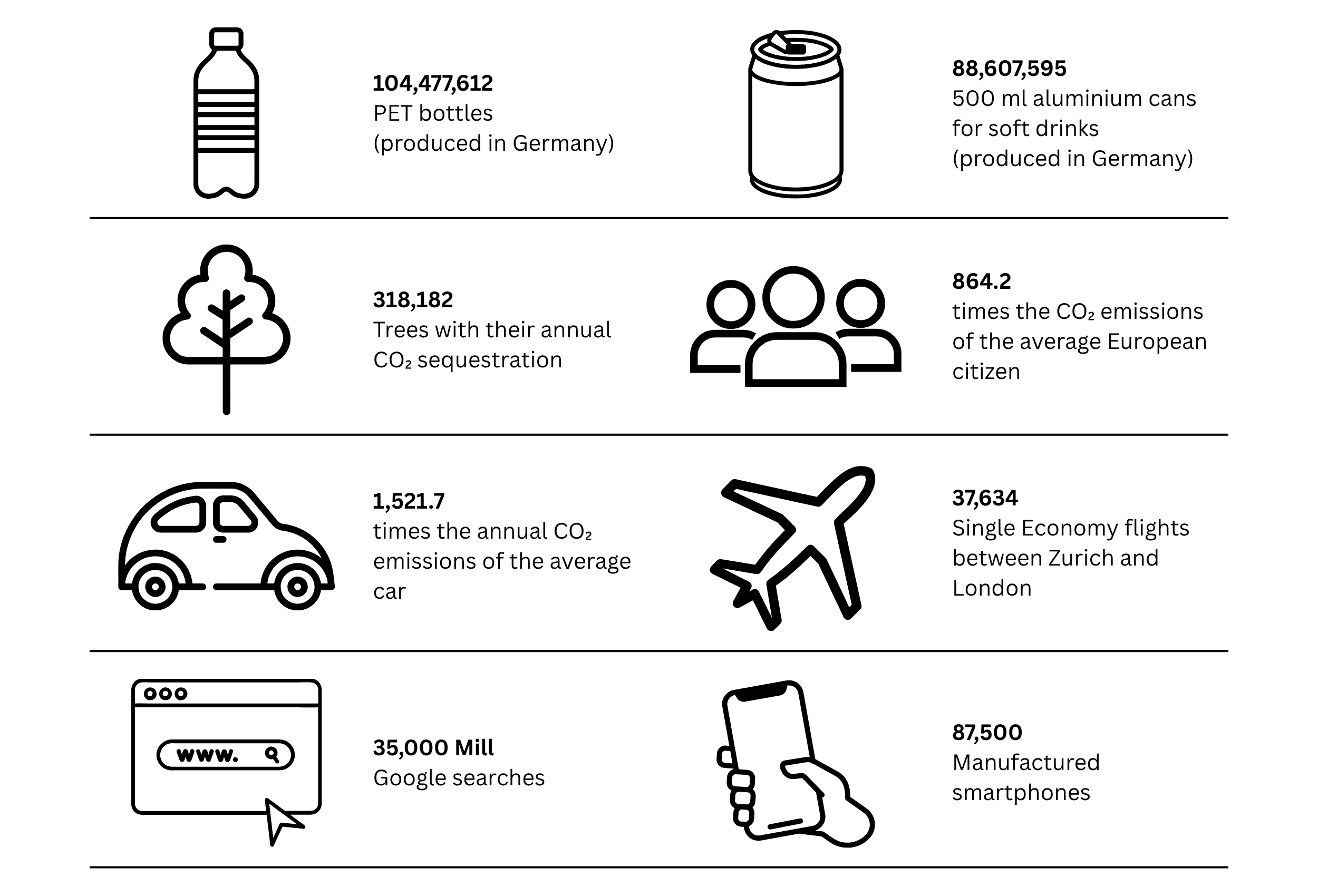Yachting is synonymous with luxury, freedom, and exploration. But behind the glamour of the open sea lies an environmental cost that’s increasingly under scrutiny: yacht emissions and the superyacht carbon footprint. As the climate crisis deepens, the maritime industry, including private and charter yachts, is facing pressure to quantify, reduce, and offset its environmental impact.
In this blog, we’ll break down what contributes to a yacht’s carbon footprint, how superyachts compare to other modes of transport, and what owners, charterers, and management companies can do to reduce emissions without compromising the experience.
What Are Yacht Emissions?
Yacht emissions refer to the greenhouse gases and pollutants released into the atmosphere as a result of a yacht’s operations. These include:
- Carbon dioxide (CO₂) – the primary greenhouse gas from burning fossil fuels.
- Nitrogen oxides (NOx) and sulphur oxides (SOx) – contributors to air pollution and acid rain.
- Particulate matter – tiny particles that affect air quality and human health.
- Black carbon – a potent short-lived climate pollutant often emitted by diesel engines.
These emissions primarily come from fuel used for propulsion and onboard power, generators powering electrical systems while at anchor, support vessels such as tenders and toys, as well as logistics like provisioning, crew travel, and shore-based operations.
The Superyacht Carbon Footprint
The superyacht carbon footprint refers to the total emissions produced across a yacht’s lifecycle, from construction and operation to refit and eventual decommissioning. For most vessels, however, the bulk of emissions come from day-to-day operations, especially fuel burn.
To put things into perspective, a superyacht with a permanent crew, helicopter pad, submarines and pools can emit 7,000,000 tons of CO₂ annually. That’s equivalent to the annual emissions of 864 average EU citizens. This also equates to:

Several factors impact the yacht’s carbon footprint, including:
- Size and Engine Power – Larger yachts tend to consume more fuel due to greater displacement and powerful propulsion systems. For example, a 100m yacht may have quadruple the emissions of a 40m vessel.
- Cruising Speed and Distance – Operating at higher speeds burns exponentially more fuel. A yacht cruising at 16 knots will emit significantly more CO₂ than the same yacht travelling at 12 knots.
- Operational Hours – More time at sea or at anchor with generators running increases fuel use. Even stationary, yachts can consume hundreds of litres per day for hotel loads.
- Design and Efficiency – Hull design, propulsion systems, hybrid technology, and onboard energy management all affect efficiency. Newer yachts are often more fuel-efficient than older models.
Reducing Yacht Emissions: Strategies That Work
While superyachts will always have some environmental impact, there are meaningful steps that can significantly reduce their carbon footprint.
- Switch to Sustainable Fuels – Advanced biofuels and synthetic fuels can lower lifecycle CO₂ emissions by 70–90% compared to conventional diesel. Some suppliers now offer ISCC-certified biofuels compatible with existing engines.
- Optimise Cruising Practices – Adopting a slow steaming policy, refining routing, and using weather-optimised navigation software can reduce fuel use.
- Use Shore Power – When in port, connecting to shore power (where available) allows yachts to shut down generators and eliminate emissions locally.
- Install Energy-Efficient Technologies – LED lighting, efficient HVAC systems, waste heat recovery, and battery storage systems can all reduce generator loads and fuel use.
- Carbon Offsetting – For emissions that can’t yet be eliminated, carbon offsetting provides a way to take immediate climate action. By funding verified carbon reduction projects, such as renewable energy, or marine based projects, yacht owners and charterers can compensate for their environmental impact.
Tip: Look for carbon offset providers that offer transparent project information and align with recognised standards like the Verified Carbon Standard (VCS) or Gold Standard.
Navigating Toward Cleaner Seas
The yachting industry is waking up to the urgent need for sustainability. From building more efficient vessels to reducing fuel consumption and supporting ocean conservation, the future of yachting must include strategies to tackle yacht emissions and the superyacht carbon footprint.
Whether you’re an owner, a captain, a broker, or a guest, understanding the yacht’s carbon footprint is the first step toward responsible stewardship of our oceans. Carbon offsetting is not a silver bullet, but it is a credible, immediate action that complements longer-term innovation and helps protect what we all love: the sea.
Interested in measuring and offsetting your yacht’s carbon footprint?
Contact us to learn more about our leading carbon offsetting service for yachts and how you can cruise with a lighter footprint.

